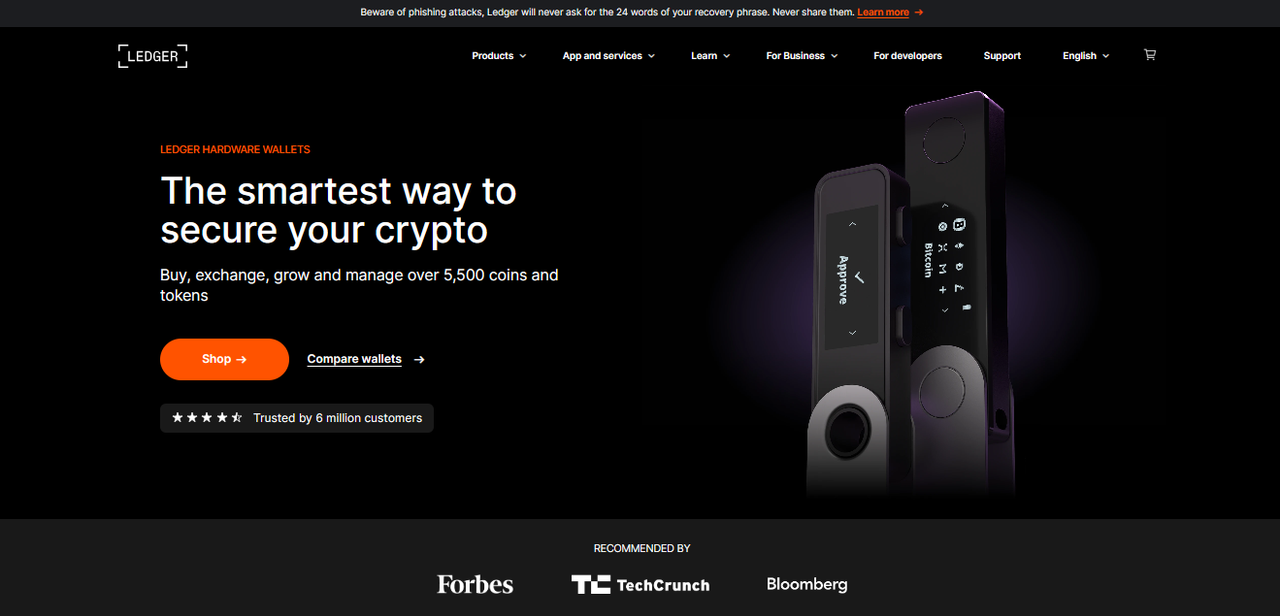
When you begin with Ledger Login| Getting started with Ledger, you’re setting up a secure foundation for managing Bitcoin, Ethereum, and thousands of tokens through Ledger hardware wallets and the Ledger Live platform, combining usability with industry-leading security.
Ledger Login| Getting started with Ledger walks you through device unboxing, firmware checks, Ledger Live installation, account creation, and essential safety practices, so you can transact confidently from day one.
With Ledger Login| Getting started with Ledger, start by inspecting the packaging, connecting your Ledger Nano device with the original cable, and confirming you’re guided to official download links for Ledger Live to avoid phishing risks.
During Ledger Login| Getting started with Ledger, create a unique PIN on the device, generate a new Secret Recovery Phrase offline, and confirm each word on the screen, ensuring your keys are never exposed to a computer or the internet.
Ledger Login| Getting started with Ledger continues with installing Ledger Live for Windows, macOS, Linux, iOS, or Android, enabling you to manage accounts, install apps (Bitcoin, Ethereum, Solana, etc.), and view portfolio insights from a single interface.
As part of Ledger Login| Getting started with Ledger, open Ledger Live, connect and unlock your device with the PIN, run the genuine check, then install the apps for your preferred networks and add corresponding accounts to the dashboard.
Within Ledger Login| Getting started with Ledger, secure your environment by enabling a strong device PIN, considering a passphrase for hidden wallets, and turning on Ledger Live password lock and device pairing protections.
For Ledger Login| Getting started with Ledger, begin with a small “test” transaction: generate a receive address in Ledger Live, verify the address on the device screen, send a tiny amount, and only then proceed with larger transfers once confirmed.
Inside Ledger Login| Getting started with Ledger, you can swap selected assets, buy or sell via integrated partners, stake supported coins, and review transaction history, while still approving every action on the hardware wallet’s secure display.
With Ledger Login| Getting started with Ledger, you can connect to DeFi and NFT platforms using Ledger Live’s discover integrations or via WalletConnect where available, preserving private key isolation while interacting with smart contracts.
A core part of Ledger Login| Getting started with Ledger is a robust recovery plan: store the 24-word phrase in two secure, geographically separated locations and consider a metal backup to protect against fire or water damage.
If issues arise during Ledger Login| Getting started with Ledger, try a different USB port or cable, update Ledger Live and firmware, restart the computer, and ensure no aggressive antivirus is blocking device communication.
Power users of Ledger Login| Getting started with Ledger can enable an optional passphrase to create hidden accounts, segment funds by purpose, and use multiple devices for redundancy while keeping operational hygiene tight.
For portability, Ledger Login| Getting started with Ledger extends to mobile via Ledger Live on iOS and Android, letting you monitor balances, stake, and prepare transactions that you still must confirm on the hardware wallet.
Good recordkeeping under Ledger Login| Getting started with Ledger includes exporting periodic CSVs, tagging transfers between your own wallets to avoid double counting, and labeling staking rewards or NFT mints for clean reports.
Before you wrap up Ledger Login| Getting started with Ledger, confirm firmware is current, seed phrase is backed up, addresses are verified on-device, Ledger Live is locked with a password, and you’ve tested a small transaction end-to-end.
By following Ledger Login| Getting started with Ledger, you combine hardware-grade isolation with a polished management app, creating a workflow that’s simple for daily use yet resilient against common cyber threats.